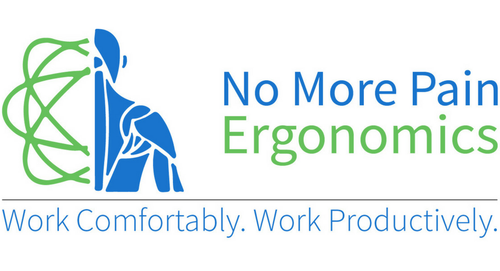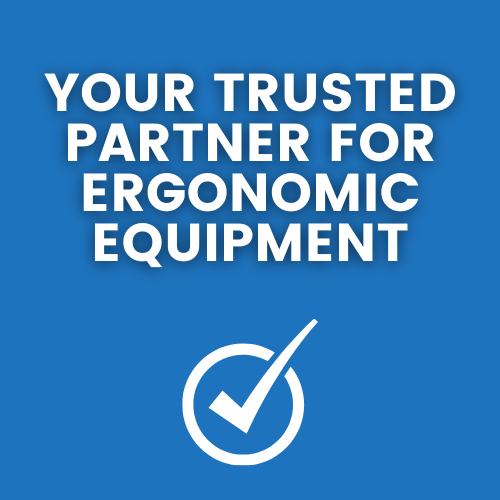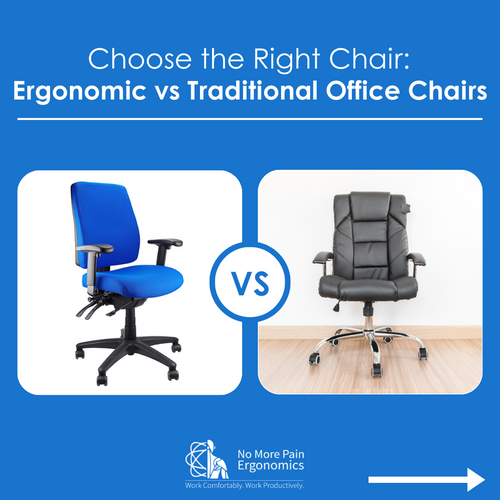Experiencing upper back pain while at the office desk can be debilitating and distracting from working productively. There can be many causes to upper back pain, however this post will discuss the discomfort and pain caused specifically by ergonomic factors that can help you prevent and relieve upper back pain.
How to Prevent Upper Back Pain from Sitting?
1. Adjust Your Posture
- Ensure you are sitting so that the base of your spine is against the back of the chair
- Pull your chair in so that it is as close to the desk as possible
- Shoulders should be completely relaxed beside your body. If you feel your shoulders are elevated - it may be because your chair’s armrests are positioned too high - try to use the chair without armrests if this is the case.
- Ensure your elbows are at desk height or slightly higher than desk height.
One of the most common causes of upper back pain is poor sitting posture
2. Invest in an Ergonomic Chair
- Adjustable seat height
- Built in lumbar support
- Adjustable back height
- A high backrest
You spend up to 8 hours a day sitting, so it is important to invest in a good ergonomic chair that supports your spine.
3. Adjust Your Work Equipment
- Ensure your most used desk peripherals (mouse, keyboard etc.) are within reach so that you don’t need to reach forward or to the side to use them.
- Your elbows should be able to be relaxed by your side while using your keyboard and mouse. If this cannot be achieved, think about investing in a compact keyboard that will allow more room for mouse use and keep your elbows in their best ergonomic position.
- Your computer monitor should be at an arm length away from your body, and the top of the monitor should be at eye level. If your monitor is too low or far away, you will tilt your head down or forward that puts a lot of strain on your neck muscles and can cause the feeling of upper back pain.
To keep a healthy back while you work, you need the balance of supportive, correct sitting as well as regular standing and movement breaks throughout the workday.
Julia Hillen
Occupational Therapist, No More Pain Ergonomics
Schedule In Standing and Moving
In combination with having a supportive sitting position, regular standing and movement throughout your work day is essential to prevent and relieve upper back pain.
Incorporating a standing desk at your workstation is a great solution for being active as well as productive throughout a work day. This solution is now included in the Safe Work Australia Guidelines for a healthy work environment.
Doing regular movement exercises can also help relieve tired muscles and improve blood circulation throughout your day. Some great active movements can be found here.
















← Older Post Newer Post →
0 comments
Get in Touch
Still have a question or simply want to discuss what ergonomic products are best suited? Get in touch, our expert team is available to provide free advice and support.